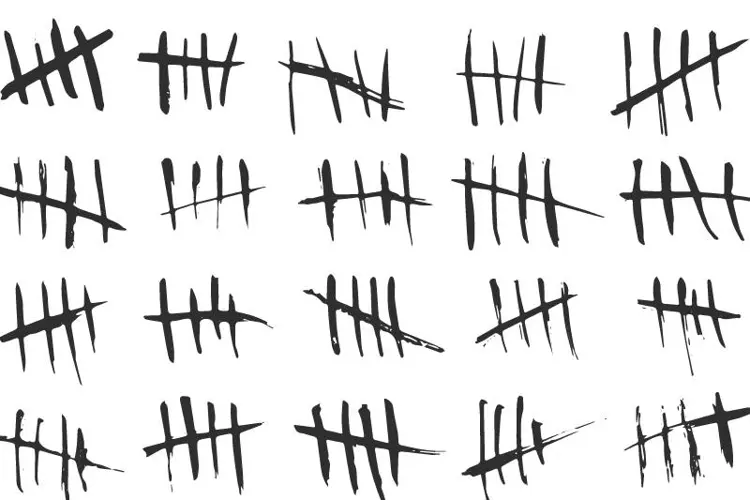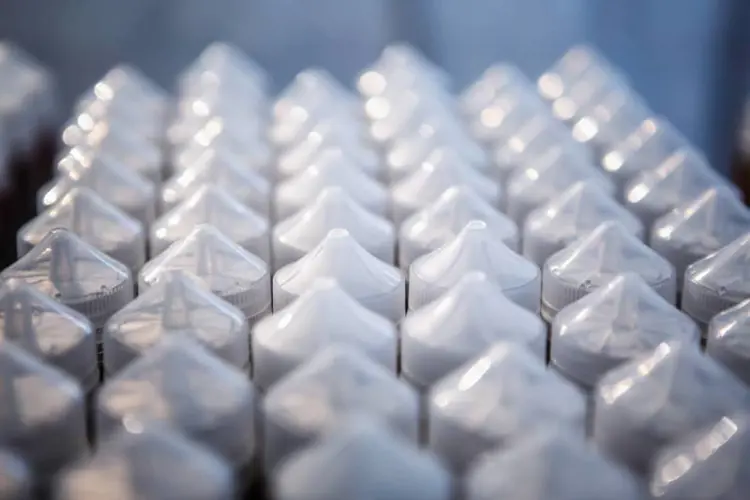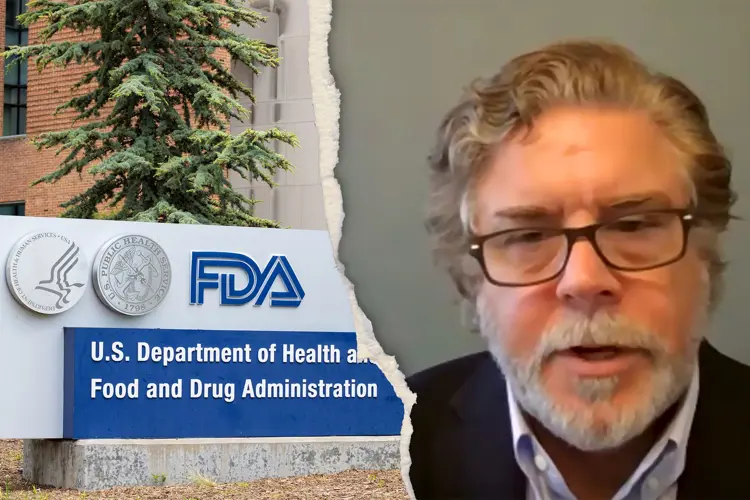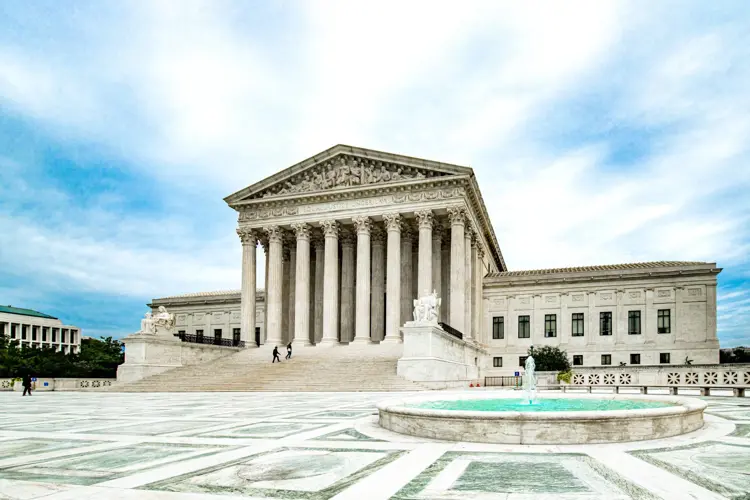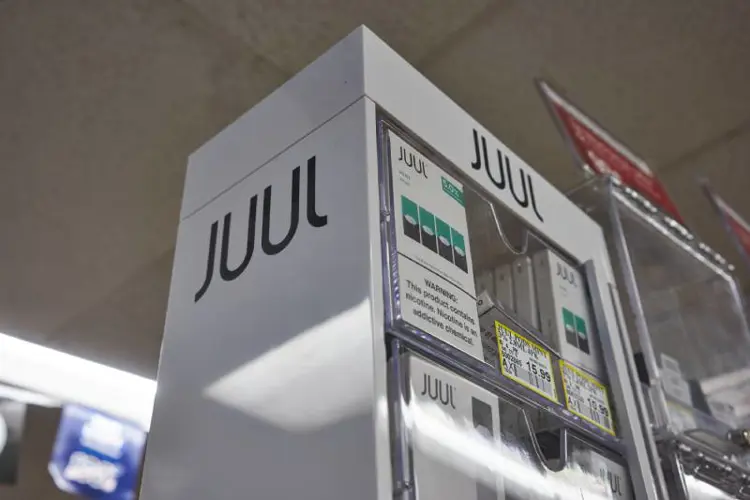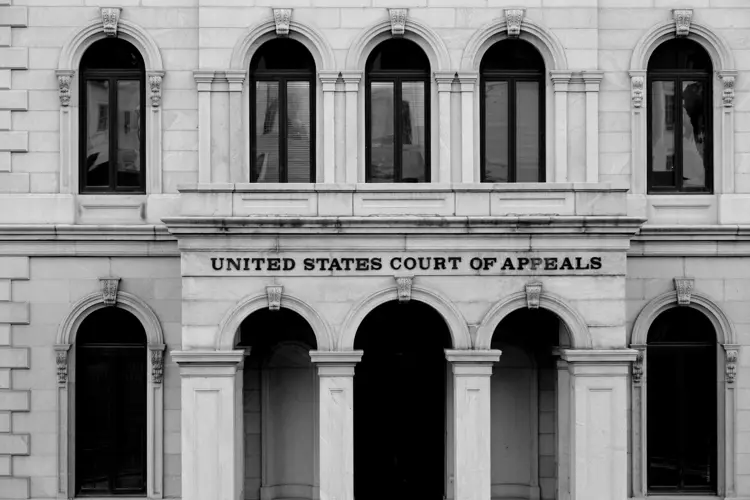FDA issued guidance today that answered a long-standing complaint by vaping industry. The agency will allow changes to pre-Aug. 8, 2016 products to meet UL battery standards and new e-liquid bottle requirements imposed by the Consumer Product Safety Commission (CPSC).
The FDA will not enforce Deeming Rule restrictions that prevent new products from being introduced to the market or existing ones from being altered for those two purposes. Neither change is mandated by the FDA, but the CPSC already requires bottles to meet its new standards.
The changes will not affect how the FDA enforces its regulations, because the FDA has done practically nothing to enforce the Deeming regulations anyway. The rules exist largely as harassment to the vaping industry, and do nothing to improve safety or the consumer experience.
However, CPSC's enforcement is another issue. That agency seems to be signalling that it will enforce the new flow restrictor requirement for e-liquid bottles even more aggressively than it already has. Vape shops still selling products that don't meet the new standard face serious fines that could put them out of business.
UL electrical standards vs the Deeming Rule
As we reported in October 2018, UL (formerly Underwriters Laboratories) has created a testing and certification program for vape mods and othere-cigarette products that use internal lithium batteries, even disposable cbd pens. The UL category is called UL 8139. The organization’s evaluation of each device looks at the electrical system, including the batteries, charging circuits and charger, and the control circuitry.
“UL 8139 provides manufacturers with the appropriate requirements and methodology to confidently evaluate, test and certify e-cigarette and vaping devices for electrical and fire-hazard safety as a system,” says the company.
However, because the FDA Deeming Rule prevents manufacturers from introducing new products or altering existing ones after Aug. 8, 2016, the UL guidelines were largely useless. Since all existing products were created before the UL certifications existed, advertising that a product used the UL certification would be the same as advertising that the product violated the Deeming Rule.
Now manufacturers can legally alter existing products to meet UL standards for the American market.
The new FDA guidance allows manufacturers to make changes to products that were introduced before Aug. 8 to comply with the new UL safety certification. Changes allowed under the new guidance include:
- Addition of protective circuits and controls
- Use of a different battery or cell
- Changes to the wiring, terminals, fuses, or insulation
- Modifying the product to incorporate two-step activation
- Changes to the housing material or construction to meet flammability, crush resistance, water exposure, venting, and temperature test requirements
- Changes to the battery compartment to prevent user access to the battery or cells
- Changes to the product design so that venting is away from the mouthpiece
- Changes to the printed wiring boards to meet flame and temperature ratings
- Any other changes recommended under UL 8139
Changes that are not necessary to meet the UL 8139 standards include:
- Changes to the coil design or other heating element (e.g., number of coils, material, resistance, length, or diameter)
- Changes in the wicking material or amount
- Changes in the power supplied to the product (i.e., no changes to the number of batteries or cells)
- Changes to the method of aerosolization of the e-liquid
The FDA says that as of Aug. 27, there were 14 UL-certified e-cigarettes. Since vaping products are sold all over the world, and only the United States has seen fit to attempt to freeze the technology in place, there is already a market for products that advertise the recognized UL standard. Now manufacturers can legally alter existing products to meet UL standards for the American market.
E-liquid bottles, the CPSC, and the Deeming Rule
Earlier this year, the Consumer Product Safety Commission (CPSC) quietly changed the requirements for certification of e-liquid bottles as child resistant under the 2016 Child Nicotine Poison Prevention Act, by adding flow restrictors to the standard. Flow restrictors limit the amount of liquid that can be squeezed from an inverted bottle by a child.
You can read the whole story in our article from April 29. The short version is that e-liquid manufacturers had produced and sold millions of bottles using the same standard for three years, and the CPSC suddenly claimed that an obscure section of the Poison Prevention Packaging Act also applied to the packaging rules for vape juice.
The rule called for “special packaging from which the flow of liquid is so restricted that not more than 2 milliliters of the contents can be obtained when the inverted, opened container is taken or squeezed once or when the container is otherwise activated once.”
The guidance was simple and non-technical. There was no reason to wait so long to issue it.
Immediately after announcing the new requirement, CPSC initiated enforcement actions, including inspections, issuing stop-sale orders, demanding recalls from retailers and destroying inventory. Some e-liquid producers spent hundreds of thousands of dollars to shift production from glass to plastic bottles.
All this happened while manufacturers lived in fear that the FDA would interpret the change of bottle materials and style as a violation of the Deeming Rule. If that happened, the manufacturer could face enforcement actions from the FDA. It was a classic Catch-22: obey the new CPSC requirement and violate FDA regulations, or ignore the CPSC and face enforcement from that agency.
CPSC signals stepped-up enforcement soon
Last Friday, the CPSC issued a news release warning retailers not to sell products that violate the new requirement. “If you sell any noncompliant product,” the agency said, “you may be subject to legal action for doing so including civil penalties of up to $110,000 for each violation, and $16,025,000 for any related series of violations.”
Monday morning USA Today published a story, obviously coordinated to coincide with the CPSC news release, that listed violations in vape shops around the country, implying that vaping retailers were thoughtlessly endangering the lives of children. The article was clearly intended to further hype up anti-vaping sentiment.
The CPSC is “making the issue a priority,” the newspaper said.
On the same day the USA Today story appeared, the FDA issued its new guidance, granting permission to e-liquid manufacturers to change their bottles without being subject to enforcement actions. The guidance was simple and non-technical. There was no reason to wait so long to issue it.
The agency waited eight months to give its permission, knowing full well that the CPSC was causing havoc in vape shops with aggressive enforcement actions.
In fact, Keller and Heckman attorney Sheila Millar testified at a Small Business Administration hearing that the only other consumer product required to use flow restricted packaging is furniture polish. Products like prescription drugs and household bleach are only required to use child-resistant caps, as e-liquid makers also did for three years without incident.
“FDA recognizes that to comply with the CNPPA requirements for restricted flow, manufacturers of liquid nicotine products may need to change certain aspects of their products,” says the new guidance. “For liquid nicotine products that were on the market as of August 8, 2016, and that are then modified solely and only to the extent necessary to comply with the CNPPA requirements for restricted flow for liquid nicotine containers, FDA does not intend to initiate enforcement action against such modified products on the basis of these modifications.”
The agency waited eight months to give its permission, knowing full well that the CPSC was causing havoc in vape shops with aggressive enforcement actions. Further, the CPSC’s news release last week and participation in the USA Today story this week are strong signals that it will pursue violators with even more urgency and gusto.
From the CPSC’s perspective, the change in FDA guidance removes the last excuse vape shops could have for not complying with the flow restrictor requirement. The agency is likely to hit vape shops with a wave of enforcement actions soon, and may even impose the maximum fines in a few shops to set an example.
The Freemax REXA PRO and REXA SMART are highly advanced pod vapes, offering seemingly endless features, beautiful touchscreens, and new DUOMAX pods.
The OXVA XLIM Pro 2 DNA is powered by a custom-made Evolv DNA chipset, offering a Replay function and dry hit protection. Read our review to find out more.
The SKE Bar is a 2 mL replaceable pod vape with a 500 mAh battery, a 1.2-ohm mesh coil, and 35 flavors to choose from in 2% nicotine.
Because of declining cigarette sales, state governments in the U.S. and countries around the world are looking to vapor products as a new source of tax revenue.
The legal age to buy e-cigarettes and other vaping products varies around the world. The United States recently changed the legal minimum sales age to 21.
A list of vaping product flavor bans and online sales bans in the United States, and sales and possession bans in other countries.







